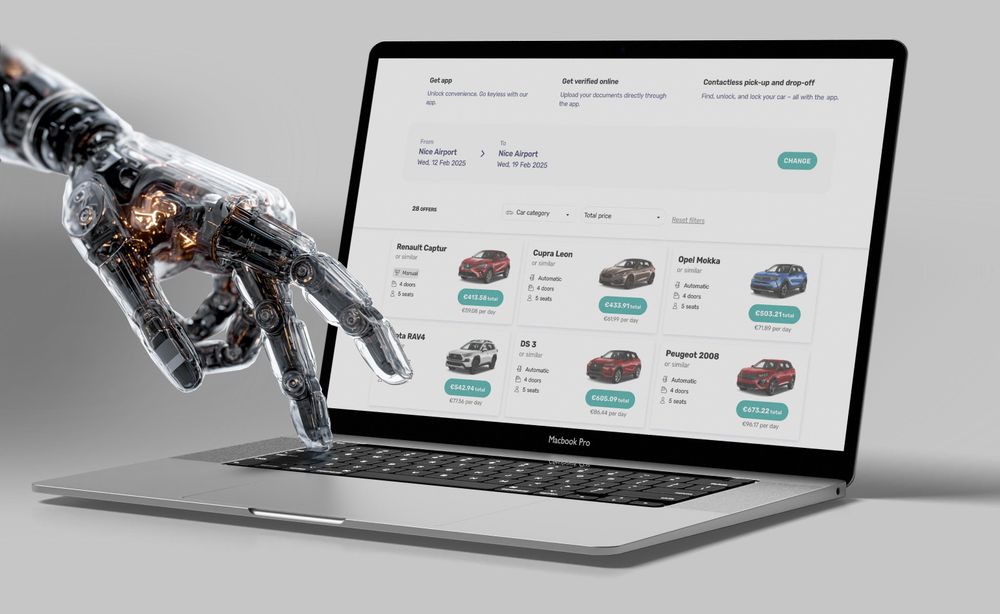Mobility data refers to data produced by both human and vehicular movement. In the past, it was primarily collected from cell carrier records or location “check-ins” and was restricted to specific regions where the telecom provider operated. This meant that the data only captured the movement patterns of people within the borders of a particular region or country where the telecom provider had coverage.
Advances in technology and data collection methods have made it possible to collect more comprehensive and accurate data. In addition to cell phone records, location sensors such as GPS-enabled devices can now track people’s movements across borders and in areas with limited telecom coverage.
Some of the modern tools for gathering mobility data include traffic cameras, social media tags, fitness trackers, mobile apps, WiFi beacons, and Bluetooth interactions.
Mobility data provides useful insights into movement patterns, transportation habits, and population density. All of which are crucial for smart urban planning, transportation management, and public health research.
On-demand mobility service providers can use mobility data to optimise their services and improve customer experiences by knowing the locations where their services are most often used or sought after.
Synonym(s):
- Movement data
- Travel data
- Transportation data
- Traffic data
- Location data



